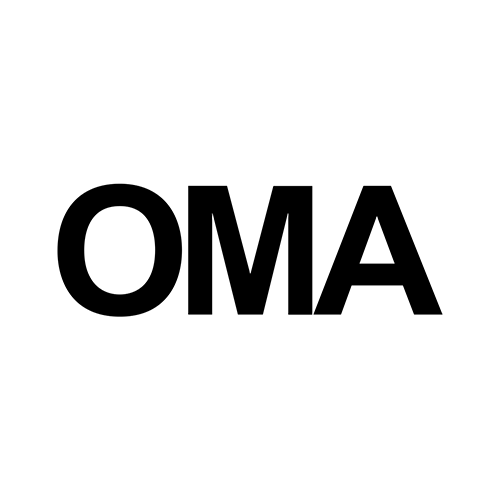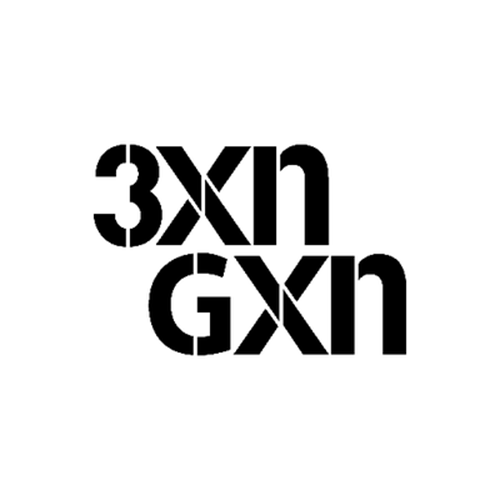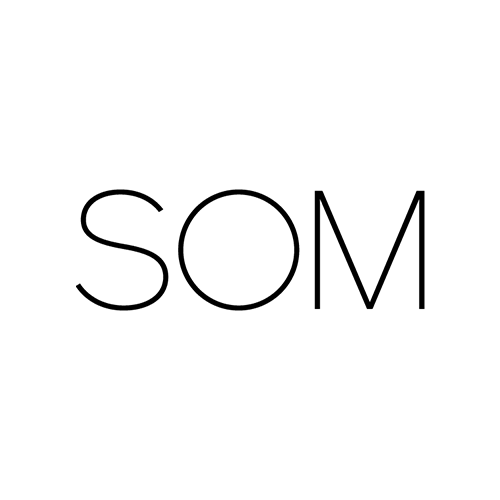top of page

DESIGN
UNLIMITED
ALL COMPETITIONS
We appreciate all those who dedicated their time, materials, and resources to the competition. These supports and contributions were instrumental in creating a unique and enriching experience for all participants.
bottom of page

.jpg)

























